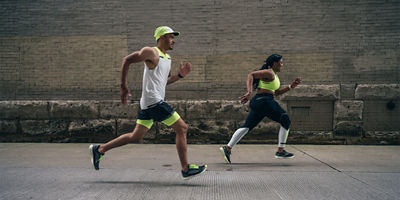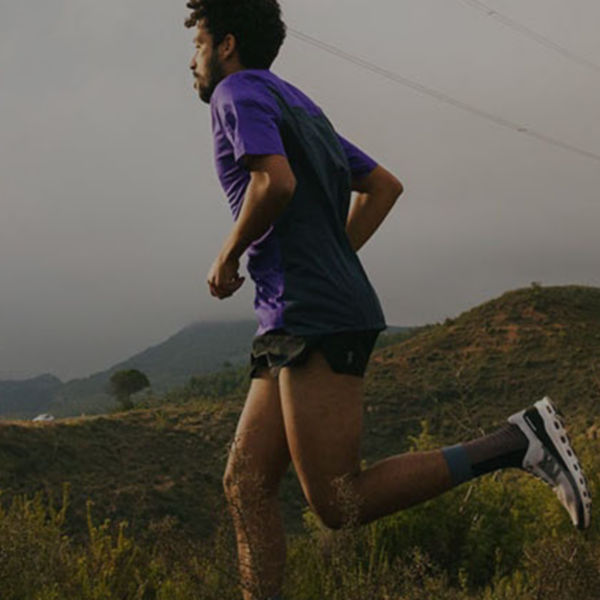
If you run a lot, your running shoes will inevitably get dirty, muddy, wet, and stinky. That’s great, it just means you’re logging miles in all kinds of conditions. But dirt and grime can damage stitching, material, and coatings, so you need to maintain your shoes so they last longer.
Simply throwing your running shoes in a washing machine and dryer may sound like the easiest thing to do. But as in life, the easiest method isn’t always the best one.
For one thing, fully submerging your shoes in water, especially hot water, can degrade glues that hold your shoes together and can also damage the upper materials. Add to that the harsh chemicals of most detergents, and the rough-and-rumble spin cycles of a washer, and your beloved running shoes will take a beating.
The clothes dryer isn’t any better. The heat from a dryer can melt those glues, and the heat and tumbling combined is even worse. (Imagine something starting to loosen and come apart, then getting thrashed against a dryer wall over and over again.)
To prevent damage, follow these cleaning tips.
Cleaning Muddy Shoes
- A lot of mud: Spray muddy shoes off with a hose, but avoid using the strongest spray setting.
- A little mud: Bang the soles together. Do this a few times when the mud is wet, then wait for the shoes to dry, and do it again.
- Clean off residual dried mud with a brush (see below).
- Dry as described in “Drying Wet Shoes” below.






















